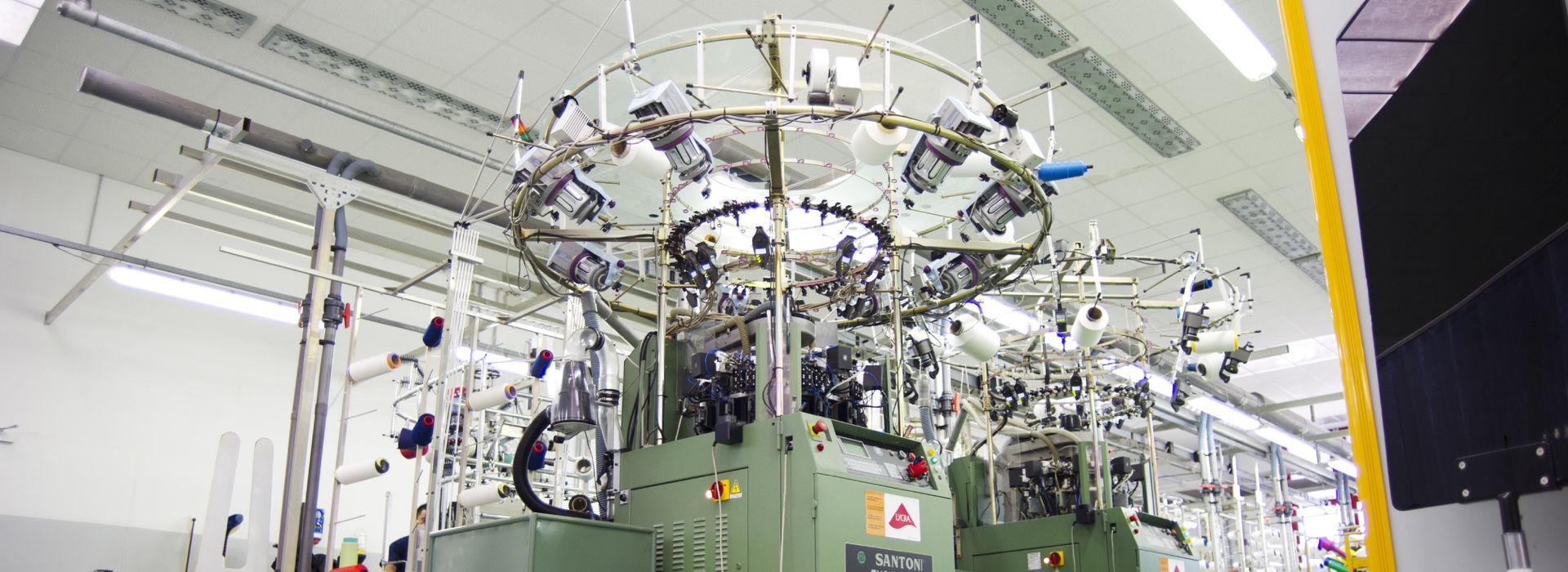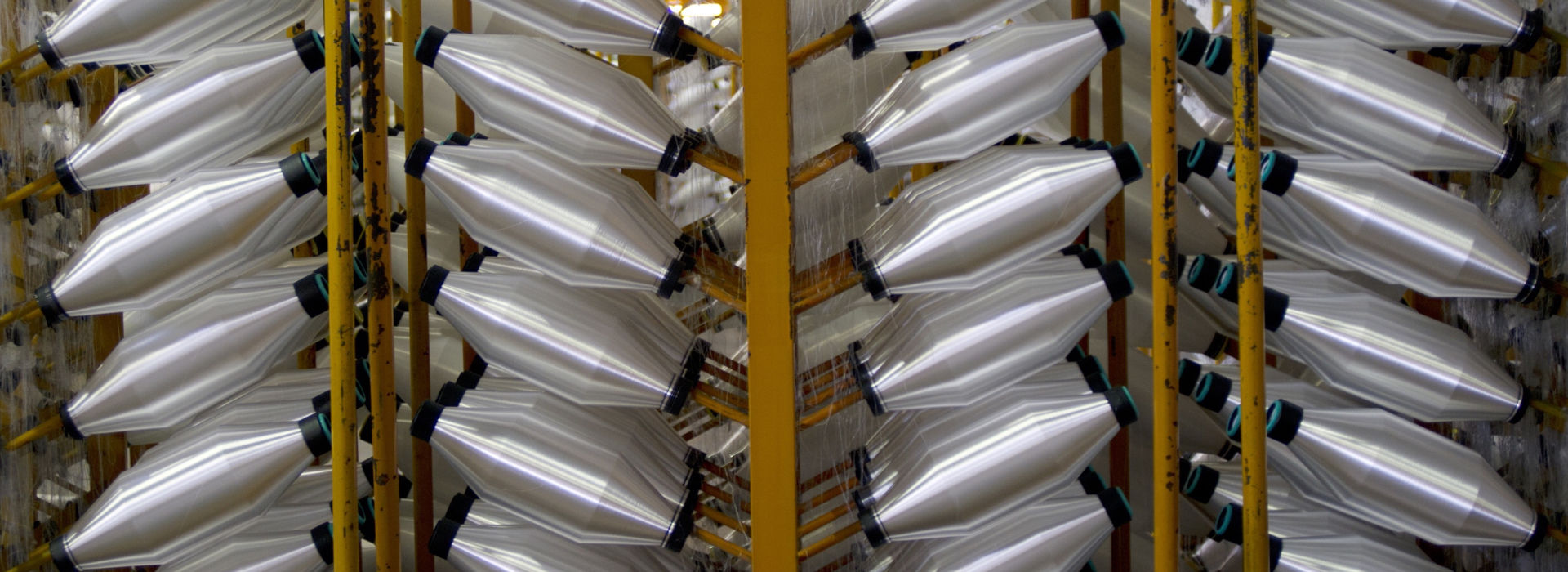EVERYTHING THERE IS TO KNOW ABOUT NYLON 6.6 FIBRE

WHAT IS NYLON?
Nylon (polyamide) was invented in 1938, and in a certain sense marked "the beginning of modern hosiery." It can be produced in various thicknesses, measured in decitex or denier, and also with different cross sections that give the it the aesthetic and tactile qualities of yarn.
Depending on the number of filaments, Nylon can be defined as monofilament, multifilament, or microfilament. The higher or lower number of individual filaments gives different characteristics and performance to the textile garment it will be used to produce.
Nylon is a synthetic fibre, and it is obtained through the chemical synthesis of specific substances. This fibre consists of linear macromolecules, which are generally highly crystalline, thermoplastic, and by nature are usually non-polar.
These special qualities give Nylon some very particular performance characteristics:
Greater resistance to wear
Ultra-lightweight
Dimensional stability
Stretch
Easy care
Easy dyed
Comfort

NYLON AND VARIOUS WAYS IT'S WORKED.
TEXTURED NYLON YARN
Texturizing a strand of Nylon 6.6 is a process that capitalizes on the physical and thermoplastic properties of synthetic yarns.
By combining the ironing action of the mechanical shafts with the thermal action of the oven and the tensioning system of the spindle disks, the end result is a yarn with bulk and crimp, and an elastic, covering power. The textured Nylon is generally paired with LYCRA® fibre.
F.D.Y. NYLON YARNS
Drawing a strand of Nylon is a process that capitalizes on the physical properties of synthetic yarns.
The drawing action of the mechanical shafts results in an increase in the orientation of the fibre molecules (increase in tenacity) in the drawn yarn, and a decrease in stretching, with a consequent count reduction.
AIR-JET NYLON YARN
This type of strand is achieved by passing the tensioned LYCRA® fibre through a jet of air along with multifilament or microfilament textured Nylon. The nylon (polyamide) is interlaced at intervals along the core of the LYCRA® fibre.
The yarn this process creates is usually used for pantyhose and other textile applications.
SINGLE OR DOUBLE COVERED NYLON YARN
These yarns are made by wrapping one or two strands of parallel or textured nylon around the LYCRA® fibre in a corkscrew pattern, with a set number of coils per meter; the more coils there are, the more valuable qualities the yarn will have.